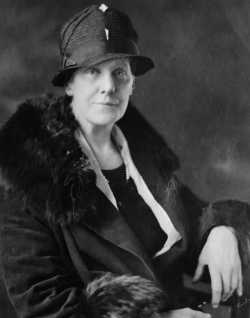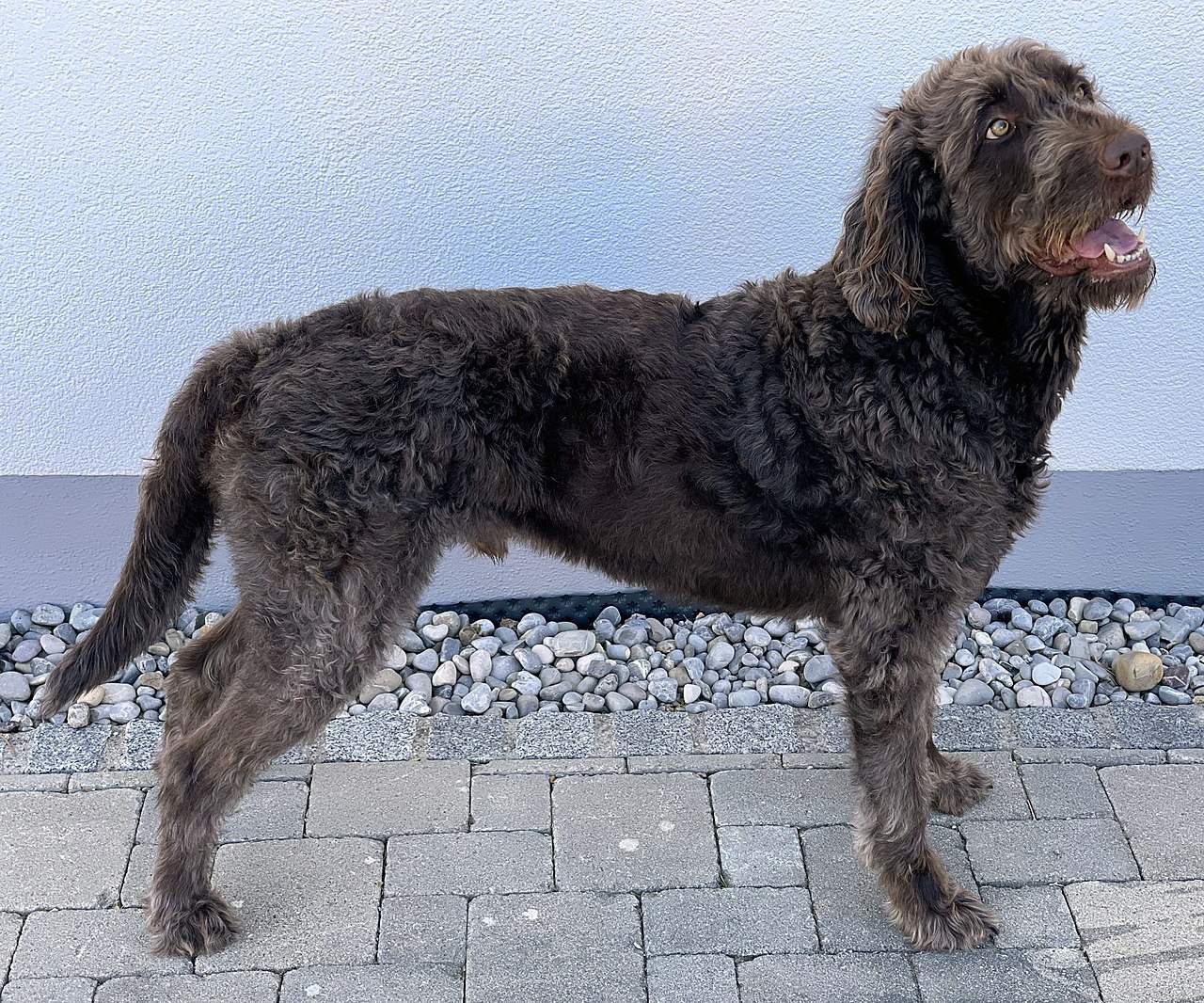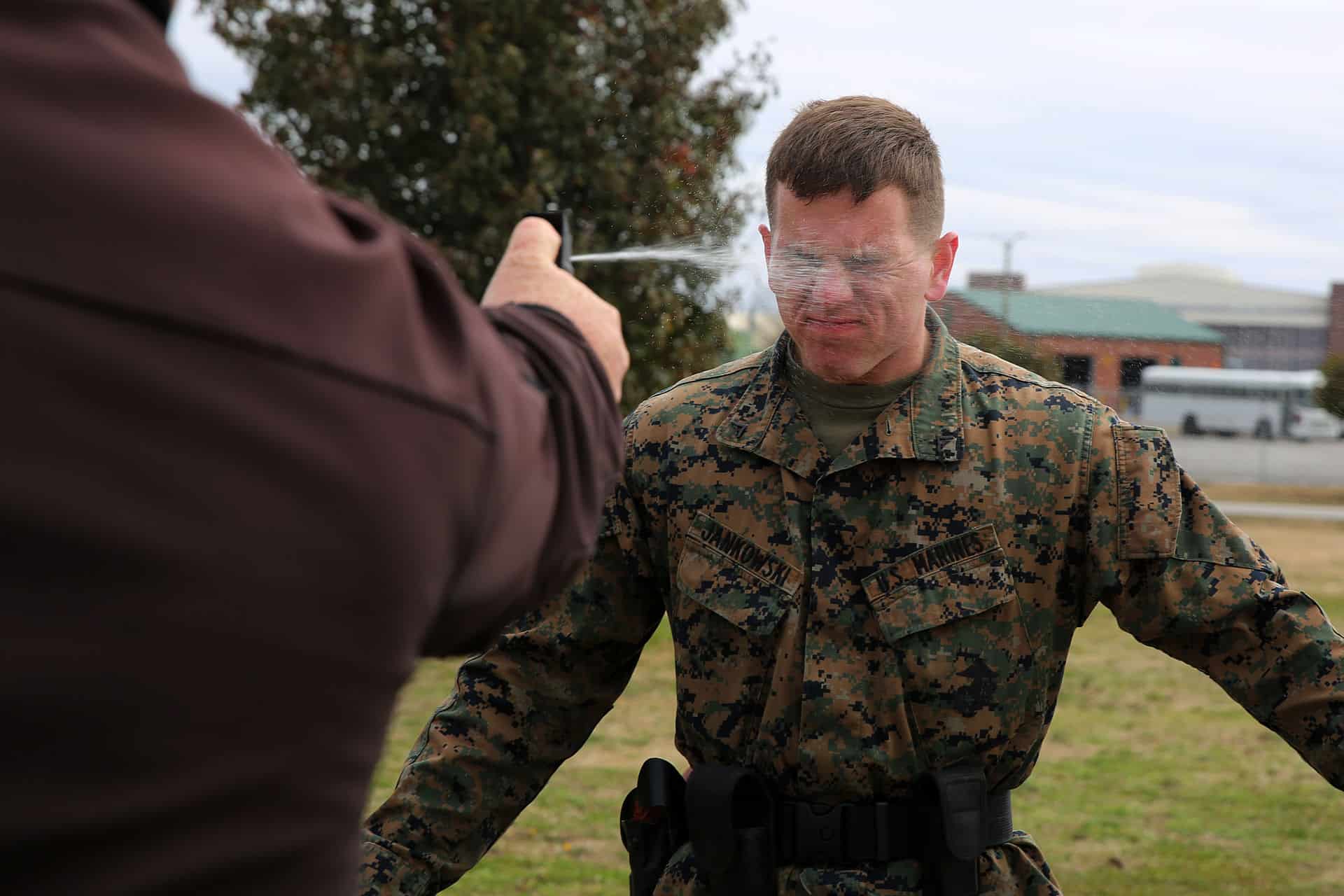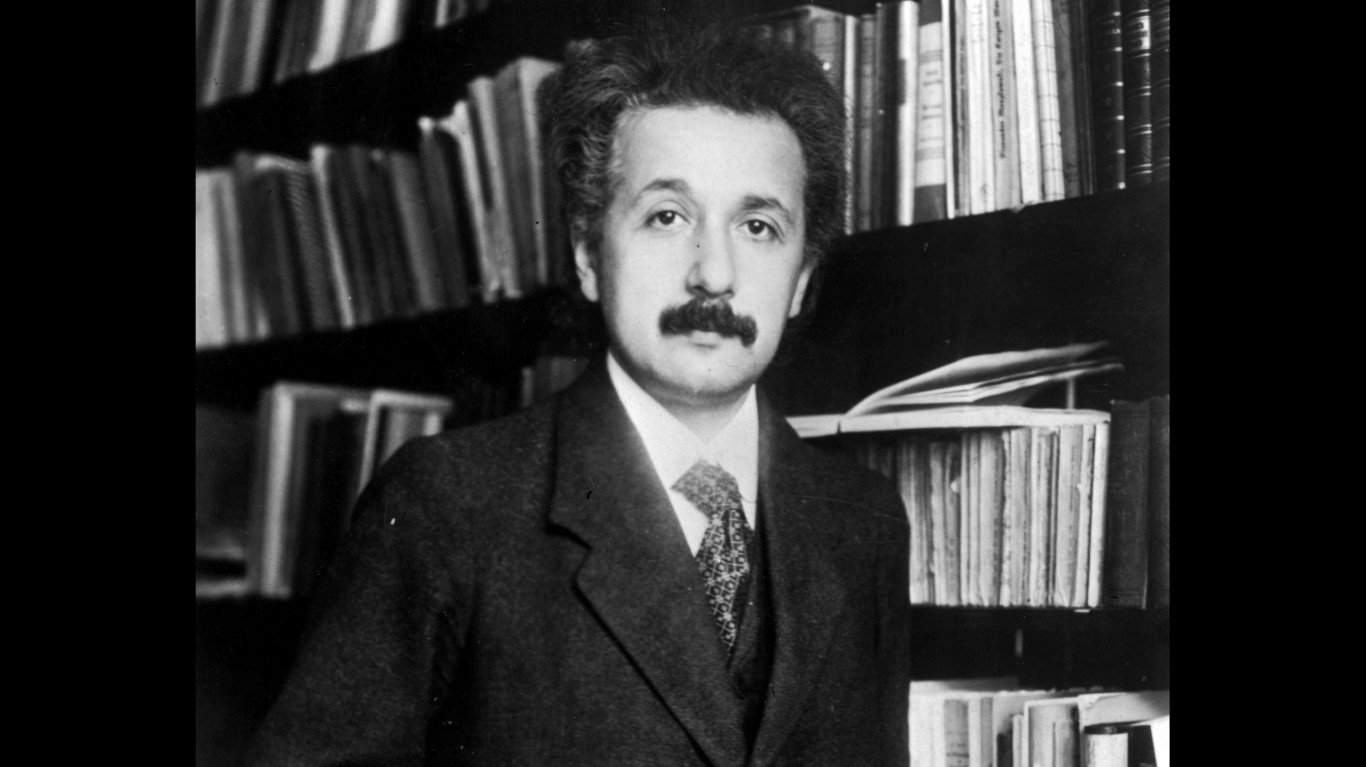Not all inventions are created equal, and not all inventions turn out the way their parents intended. The most famous, though unverified, case is that of industrialist Alfred Nobel and the creation of dynamite. Reportedly so troubled by the death and destruction his invention claimed, Nobel established the Nobel Prize to offset some of the damage he created. There are, however, verified cases of inventors regretting their invention. Let’s explore 10 of them.
To compile a list of the investors who regretted their inventions, 24/7 Tempo consulted a range of sources including Fortune Magazine and online encyclopedias. Next, we selected inventions from a range of eras and countries that had the biggest cultural impact. (For inventions that brought about positive change, discover 30 NASA inventions that reshaped our world.)
Anna Jarvis – Mother’s Day

One of the inventors who regretted their invention was Anna Jarvis. Distraught over her mother’s death in 1905, Jarvis set about celebrating mothers as a whole with her creation of Mother’s Day. This started in 1908 with a commemorative event at her church, supported by placements of her mother’s favorite flower, the white carnation.
The newfound holiday was perhaps too popular, as the floral industry cashed in on the event, expanding profits by offering red carnations for living mothers. Though Jarvis tried to trademark her Mother’s Day holiday, it was too late, and she spent her remaining years attempting to stop the celebration altogether. As for the entities profiting off the day, Jarvis called them “charlatans, bandits, pirates, racketeers, kidnappers, and termites that would undermine with their greed one of the finest, noblest, and truest movements and celebrations.”
Ethan Zuckerman – Pop-Up Ads

Another one of the inventors who later regretted their invention was computer programmer and activist Ethan Zuckerman. It was at Tripod.com that Zuckerman wrote a little bit of code that would change the internet experience forever, the pop-up ad. Since the site’s revenue model was entirely based on advertising, Zuckerman thought of ways to incorporate ads without touching the actual website homepage.
His solution was to create a dedicated new window for the ad that would pop up independent of the user’s placement on the website page. Thus, the Pop-Up Ad was born and would come to aggravate millions, if not billions, of people. In 2014, however, Zuckerman penned an op-ed for The Atlantic that expressed regret over his invention. As for the Pop-up Ad, he said, “I wrote the code to launch the window and run an ad in it. I’m sorry. Our intentions were good.”
Robert Propst – Cubicles

Another inventor who later regretted his invention was designer and researcher Robert Propst. After being tasked by his firm to find solutions for problems outside of the furniture industry, Propst developed what he called the Action Office. Consequently, this open-air layout for offices promoted health and productivity via the efficiency of layout design.
Unfortunately for Propst, the Action Office was a hit and many businesses incorporated it into its offices. So many in fact, the creation became warped into a way to fit as many workers in an office space at a time. Later in life, Propst expressed regret in creating a “monolithic insanity.”
Wally Conron – Labradoodles

In the late 1980s, dog breeder Wally Conron had an idea for a new breed. So he combined two popular breeds, the poodle and the labrador to create the Labradoodle. This new fluffy breed sparked a designer dog breed craze and made the labradoodle into one of the most popular breeds in the United States.
Though Conron stopped breeding them some twenty years ago, the dog’s popularity only continued to sore. For this, Conron expressed regret. He once told the Associated Press that he’d “done a lot of damage…I’ve created a lot of problems…There are a lot of unhealthy and abandoned dogs out there.”
Mikhail Kalashnikov – AK-47

Perhaps one of the most famous cases of an inventor later regretting their invention is that of Mikhail Kalashnikov. While recuperating in a hospital bed, Kalashnikov designed a rifle prototype that would become perhaps the most famous rifle ever made, the AK-47.
Efficient, cheap, and practically indestructible, the AK-47 soon became associated with bloody conflicts around the world. Reportedly, right before his death at age 94, Kalashnikov expressed profound regret over his creation. In a letter to Patriarch Kirill of the Russian Orthodox Church, he wrote, “The spiritual pain is unbearable…I keep having the same unsolved question: if my rifle claimed people’s lives, then can it be that I… a Christian and an Orthodox believer, was to blame for their deaths?” (For other eponymous inventions, discover 16 famous inventions named after their creator.)
Scott Fahlman – Emoticons

The emoticon, or the more recent emoji, seems like such an obvious invention that it’s wild to think there was a time when it didn’t exist. Back in the early 1990s, however, Carnegie Mellon professor Scott E. Fahlman changed the game when he sent the first horizontal smiley face in a message to a friend.
Initially intended to say “I’m joking” in symbolic form, the horizontal smiley face slowly but surely kicked off a craze of symbol-based emoticons. This was much to the chagrin of Falhman, however, who later said, “Sometimes I feel like Dr. Frankenstein. My creature started as benign but it’s gone places I don’t approve of.”
Kamran Loghman – Pepper Spray

Another inventor who later regretted creating their invention is developer Kamran Loghman. A weapons-grade designer for the FBI, Loghman was tasked with creating weapons-grade pepper spray for crowd control. It was a success, so much so that it was implemented by law enforcement agencies around the country.
After seeing how it was used on ostensibly peaceful protestors, however, the invention didn’t sit too well with Loghman. In an interview with Democracy Now! the inventor said “I saw it, and the first thing that came to my mind wasn’t police or students, was my own children sitting down, having an opinion, and their being shot and forced by chemical agents…I feel it’s my civic duty to explain to the public that this is not what pepper spray was developed for.”
John Sylvain – K-Cups

Nowadays, it’s hard to visit a grocery store without seeing at least one box of K-Cups for sale. They were but a figment of the imagination, however, until John Sylvain developed the single-serve instant brew plastic cup in 1992. Though it took another decade and a half for them to catch on, now K-cups are ubiquitous.
This came with consequences, however, as in the past year alone, the invention generated enough non-biodegradable waste to circle the globe over 10 times. As for Sylvain, he told The Atlantic, “I feel bad sometimes that I ever did it.” To combat his regret, Sylvain now runs a solar panel business, at least in part to offset some of the environmental damage of the K-Cup.
Albert Einstein – Atomic Bomb

Though Albert Einstein could technically only take partial credit, he regretted his part in the creation of the most destructive weapon the world has ever seen; the atomic bomb. His famous equation E=mc2 served as a foundation for the work needed to create the bomb that would shock the world.
At the time, however, Einstein urged the creation under the assumption that the Nazis were just as close to discovering it. After the annihilation of Hiroshima and Nagasaki, however, the famous scientist had a change of heart. In an interview with Newsweek in 1947, Einstein said if he had “known that the Germans would not succeed in developing an atomic bomb, I would have done nothing.”
Victor Gruen – The Shopping Mall

Another inventor who later regretted their invention was Victor Gruen’s first shopping mall in Minnesota. Invented in the late 1950s as a way for the increasingly suburban population to get all their shopping done in a single location, the mall was the perfect convenience for an evolving American Society.
As the story goes, however, the success came with drawbacks. Soon, unscrupulous developers hijacked the concept and built countless shopping malls without the trappings of plant life and art that made the first one so welcoming. Regarding this, Gruen said, “I would like to take this opportunity to disclaim paternity once and for all. I refuse to pay alimony to those bastard developments. They destroyed our cities.” (For strange lawsuits, discover 25 lawsuits you wouldn’t believe were ever filed.)
